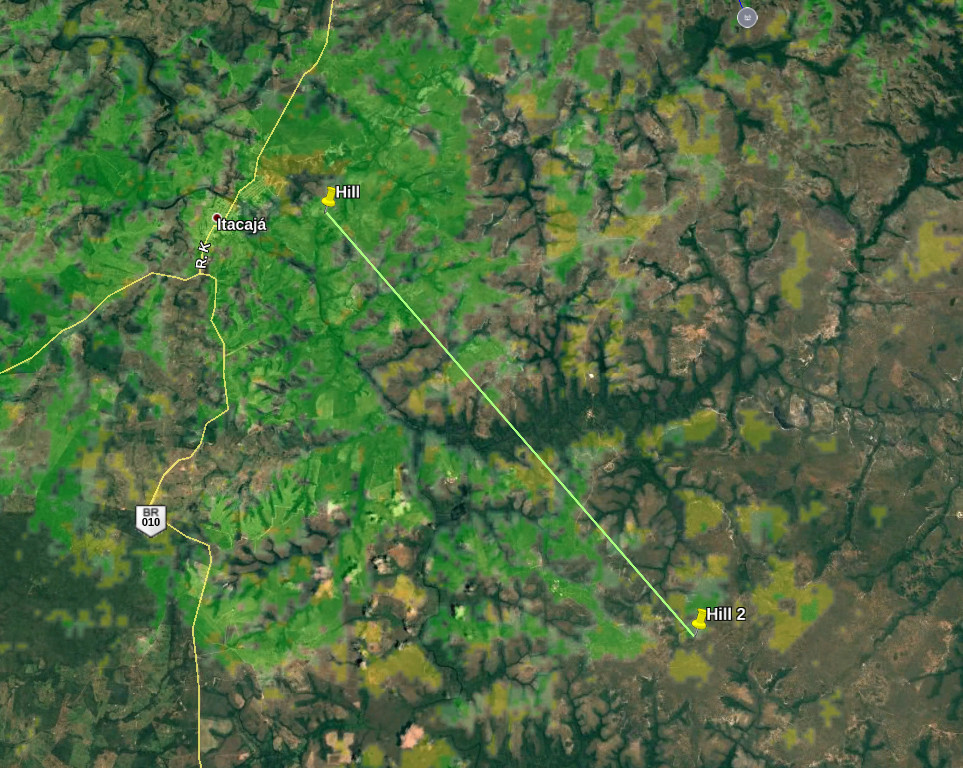I’ve been learning how to use ve2dbe.com, got the settings from this thread, but put max range to 50km. Is this realistic at all?
Radio Mobile Online Coverage report
Frequency 915 MHz
Latitude -8.39175535 °
Longitude -47.74225488 °
Latitude 08° 23’ 30.32"S
Longitude 047° 44’ 32.12"W
QRA GI61DO
UTM (WGS84) 23L E197990 S9071337
Elevation 272.5 m
Base Antenna Height 1 m
Base Antenna Gain 3.5 dBi
Base Antenna Type omni
Base Antenna Azimuth 0 °
Base Antenna Tilt 0 °
Mobile Antenna Height 2.0 m
Mobile Antenna Gain 3.5 dBi
Tx Power 0.01200 W
Tx Line Loss 0.0 dB
Rx Line Loss 0.0 dB
Rx Threshold 0.220 μV (-120.2 dBm)
Required Reliability 60%
Strong signal margin 10.0 dB
Weak signal field 12.8 dBμV/m
Strong signal field 22.8 dBμV/m
Weak signal covered area 502 km2
Strong signal covered area 220 km2
Weak signal population reached 1032 pop
Strong signal population reached 454 pop
Landcover used Yes
Two rays method used Yes
Radio coverage ID RM7FEA1377749C_2
Generated on 9/1/2020 4:36:06 PM
